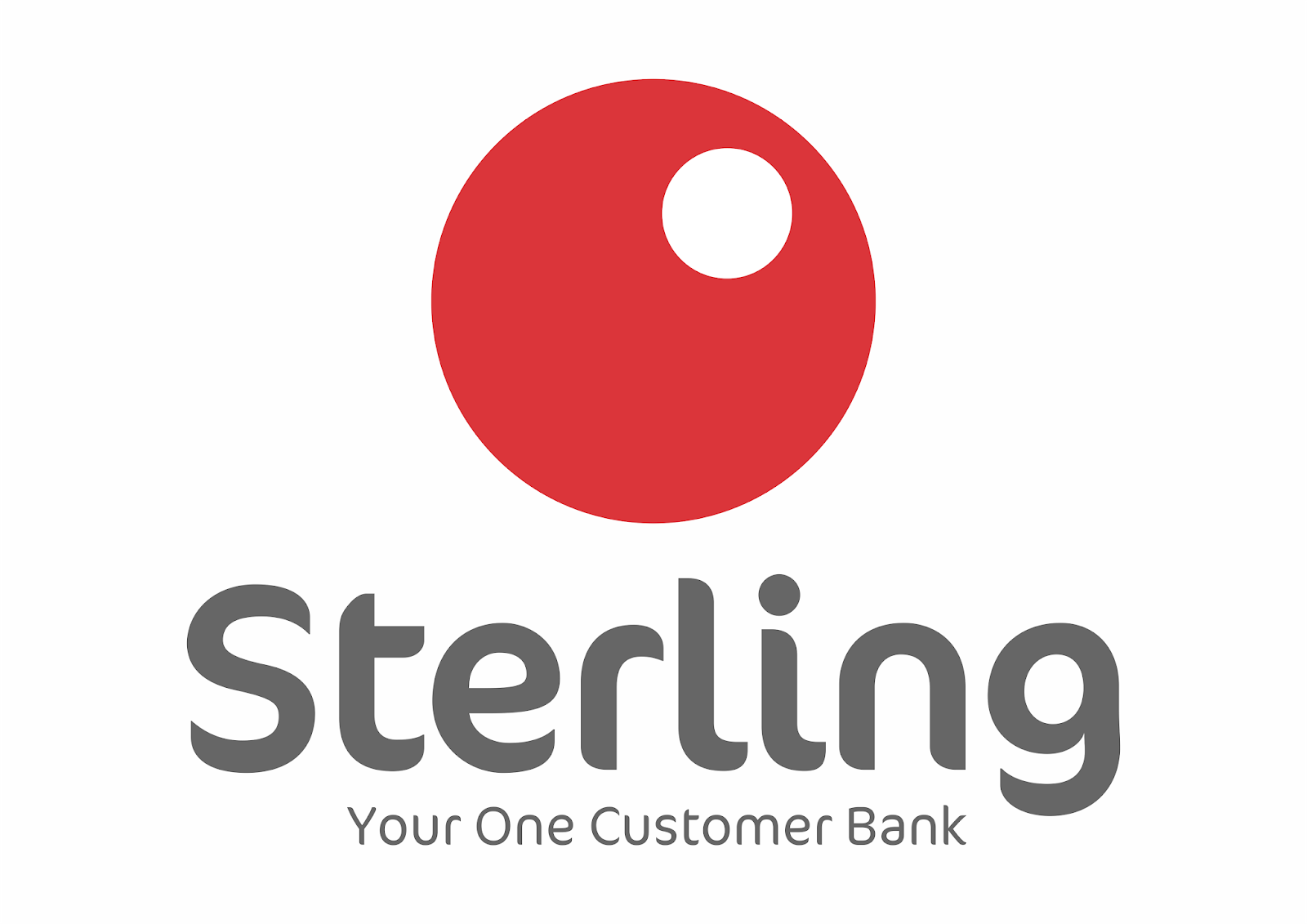Sterling Bank: Regains Strength In Q2
Sterling Bank Plc has regained much of the operating strength it lost in the first quarter. The loss of momentum in the first quarter had led to a 36 percent drop in profit. The bank’s management virtually remedied the situation in the second quarter ended June 2020 with close to 27 percent profit advance quarter-on-quarter.

The bank still lost profit at half-year but the margin has shrunk considerably to 4 percent. The revenue and cost developments that squeezed the bottom line in the first quarter reversed significantly in the second quarter. Profit margin revived from 6 percent in the first quarter to 7.7 percent but remains down from the 9 percent closing in 2019.
Gross earnings recovered substantially from a drop of 9 percent in the first quarter to a decline of less than 3 percent at half-year. Loss of earning power lingered in the main income lines of the bank but net trading income came alive in the second quarter and multiplied more than four times on a quarter-on-quarter basis. That produced the quickening force on revenue performance that lowered the margin of decline at half-year.
Non-interest revenue has reversed from a drop of 16 percent in the first quarter to an increase of 5.8 percent to N10.8 billion at half-year. Also, interest income has reduced its margin of decline from 8 percent to 4 percent to close at over N59 billion over the same period.
In addition to the strengths regained, a major operating strength that has been in place since last year – which is cost-saving from interest expenses, was maintained in the second quarter. Interest expenses dropped by 18 percent year-on-year to N26 billion at half-year, the same margin of drop reported at the end of the first quarter.
The strengthening of interest income and the retained drop in interest expenses are the key favourable developments for Sterling Bank in the second quarter. The bank used a reduced cost of funds to generate an increased amount of interest income during the period.
The development gave a real boost to the bank’s income statement in the second quarter compared to the first. Net interest income, which declines by 3.4 percent in the first quarter, rebounded to a 10 percent year-on-year growth at half-year.
Credit loss expenses swelled further its hurtful impact on the bank’s income statement in the second quarter. The expenses shot up from 41 percent growth in the first quarter to 166 percent year-on-year at half-year. The charges multiplied more than five times from N1.2 billion at the end of the first quarter to N6.5 billion at half-year.
The bank’s management reversed the encroachment of operating costs on revenue observed in the first quarter. Operating expenses closed flat at half-year and the cost margin that shot up to 51 percent in the first quarter, went down to 45.7 percent at half-year. The reduced proportion of operating costs permitted the gain in profit margin at the end of half-year operations.
Sterling Bank closed half year operations with gross earnings of a little over N70 billion, which is a year-on-year decline of 2.8 percent. This represents a significant recovery from a drop of 9 percent in the first quarter. The strength came from the enhanced performance of both interest and non-interest earnings in the second quarter.
The persisting weakness in interest earnings reflects a seal on customer lending so far in the year. At N615 billion at the end of June 2020, the bank’s customer credit volume is down from the first quarter figure as well as the closing figure for 2019.
Sterling Bank continued to maintain a moderated behaviour of interest expenses for the second year. Cost-saving from interest expenses changed the bank’s fortunes from over a 3 percent decline in net interest income in the first quarter to a 10 percent growth to N33.5 billion at half-year.
The bank closed half year operations with an after-tax profit of N5.4 billion, compressing a 36 percent drop in the first quarter to 4 percent year-on-year. This reflects a reversal of the cost-income balance as revenue strengthened in the second quarter while costs slowed down.
Sterling Bank’s performance in the second quarter appears defiant of the economic lockdown that prevailed over the period. That has raised new hopes for further acceleration in the second half. Multiplying credit loss expenses, however, presents a big headache to the bank’s management this year.
The bank earned 19 kobo per share at the end of half-year operations, slightly down from 20 kobo per share in the same period in 2019.



Comments are closed.